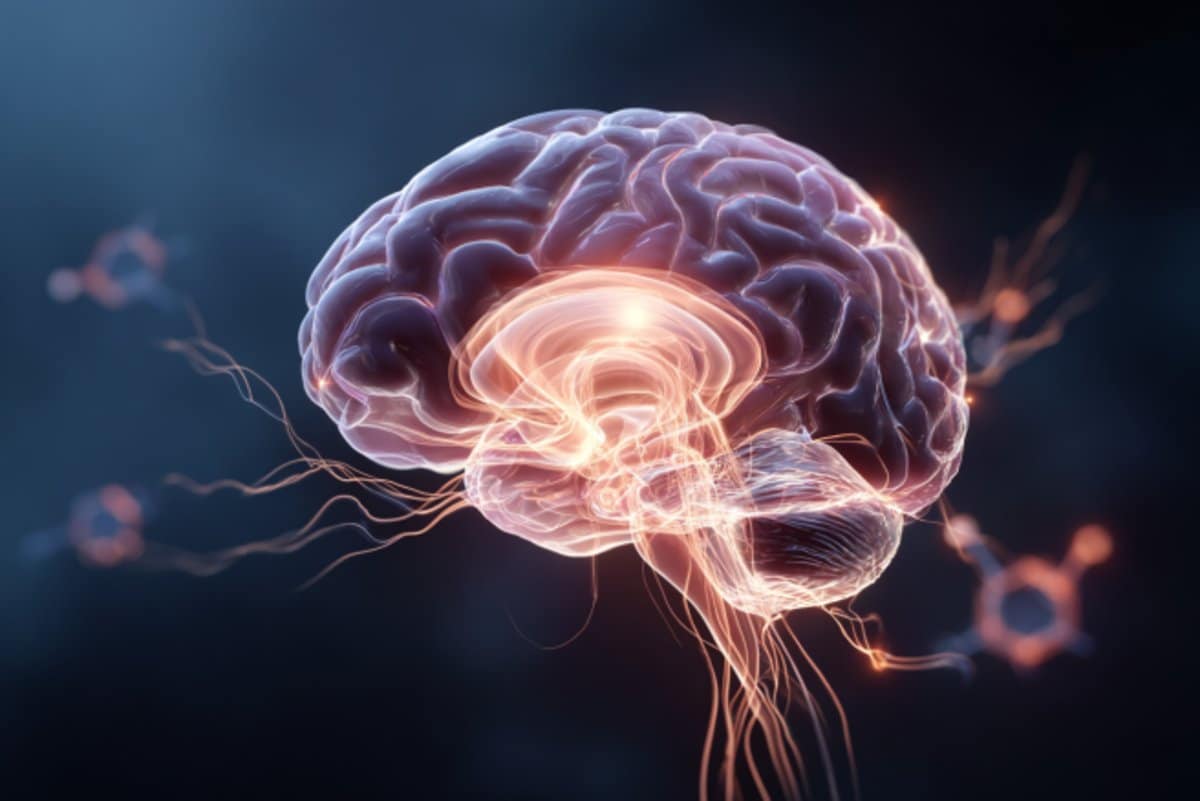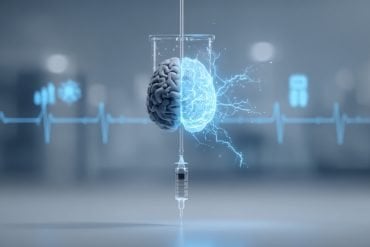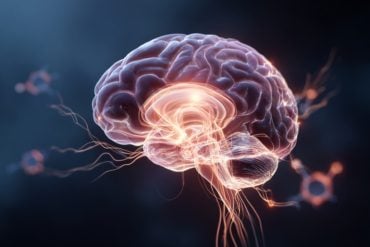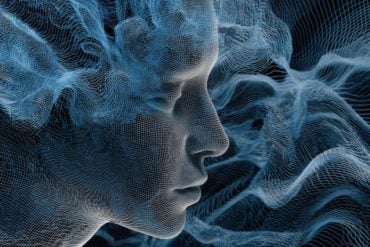Summary: New research reveals that hunger can flip female mice from nurturing to aggressive—but only during specific hormonal phases. Scientists discovered that neurons controlling appetite (AgRP neurons) interact with a brain region linked to parental care, the medial preoptic area (MPOA).
When mice were hungry, these neurons suppressed parental responses, prompting aggression toward pups. The study shows how hunger and reproductive hormones converge in the brain to dynamically reshape maternal behavior.
Key Facts:
- Hunger Switch: Starved virgin female mice became aggressive toward pups, but only during certain hormonal states.
- Neural Pathway: AgRP neurons in the hypothalamus suppressed activity in the MPOA, shifting behavior from care to aggression.
- Hormone Influence: The ratio of oestradiol to progesterone determined how responsive mice were to hunger signals.
Source: Francis Crick Institute
Researchers at the Francis Crick Institute have found that hunger can make virgin female mice aggressive towards pups, but only in certain hormonal states. These mice would usually ignore other females’ pups or show parent-like caring behaviour.
In a study published today in Nature, the team found that the switch towards aggression only occurs at certain stages of the reproductive cycle and that hunger and hormone signals are integrated in a particular brain region to elicit this response.

In order to understand how specific bodily states shape information processing in the brain, the team investigated how virgin female mice interact with pups when sated or hungry. After just a few hours after food is removed, a substantial number of these females became aggressive towards pups, an effect that was diminished when the mice were fed.
These mice were only aggressive towards pups, and continued to act normally in other contexts, such as towards other adult mice or prey. This suggested to the research team that hunger and parenting circuits in the brain somehow interact.
Finding the control centre in the brain
The researchers focused on neurons in the hypothalamus that are responsible for regulating appetite, the so-called AgRP neurons. They found that these neurons also mediated the effect of food deprivation on behaviour towards pups.
Artificially switching on AgRP neurons increased pup-directed aggression in satiated mice, and silencing them diminished pup-directed aggression in hungry mice.
By tracing and manipulating projections from AgRP neurons, the researchers found that a region called the medial preoptic area (MPOA), important for parental behaviour, was a key downstream region for the influence of hunger on parental behaviour.
Coordinating hunger and reproductive state
Interestingly, only about 60% of females showed aggression towards pups even when hunger levels were the same in all the mice. So the team set out to investigate whether reproductive state might influence aggression.
They found that mice at certain stages of the reproductive ‘estrous’ cycle were more likely to become aggressive towards pups. Specifically, the ratio of the ovarian hormones oestradiol and progesterone, which fluctuates across the cycle, sets the responsiveness of MPOA neurons.
The team then showed that hunger information carried by AgRP neurons dampens neuronal activity in the MPOA, stimulating the switch from caring behaviour to pup-directed aggression.
The team believe that these behavioural changes during the estrous cycle reflect a change in priorities as the mouse’s internal states fluctuate.
Jonny Kohl, Group Leader of the State-Dependent Neural Processing Laboratory at the Crick, said: “Our work focuses on mouse behaviour, and we know that humans don’t experience the same simple behavioural switches, but these findings stress the importance of understanding hormones when looking at how different physical states interact in the brain.
“Humans experience many internal states at once, and how the brain integrates these signals and how they shape behaviour remains largely unknown. Work like this can begin to unravel the mechanisms underlying the integration of states, as brain architecture and hormones are very similar between species.”
Mingran Cao, former PhD student in the State-Dependent Neural Processing Laboratory at the Crick and first author of the study, said: “Female mice have to decide how to behave towards pups based on their current internal state, as parental interactions are usually very energetically costly.
“We’ve shown that their brains integrate hunger and reproductive state in the same region to elicit a state-dependent behavioural response. It would be interesting to next look at how this integrated signal brings about behavioural changes downstream of the MPOA.”
Key Questions Answered:
A: Hunger activates AgRP neurons that suppress parental brain regions, shifting behavior toward self-preservation and aggression.
A: No. Only mice at specific hormonal stages—determined by estrous cycle hormone ratios—exhibited aggression when hungry.
A: While humans don’t show such direct behavioral switches, the findings illuminate how hormones and internal states combine to shape complex emotional and social responses.
About this neuroscience research news
Author: Clare Green
Source: Francis Crick Institute
Contact: Clare Green – Francis Crick Institute
Image: The image is credited to Neuroscience News
Original Research: Open access.
“Integration of hunger and hormonal state gates infant-directed aggression” by Jonny Kohl et al. Nature Neuroscience
Abstract
Integration of hunger and hormonal state gates infant-directed aggression
Social behaviour is substantially shaped by internal physiological states. Although progress has been made in understanding how individual states such as hunger, stress or arousal modulate behaviour, animals experience multiple states at any given time.
The neural mechanisms that integrate such orthogonal states—and how this integration affects behaviour—remain poorly understood.
Here we report how hunger and oestrous state converge on neurons in the medial preoptic area (MPOA) to shape infant-directed behaviour. We find that hunger promotes pup-directed aggression in normally non-aggressive virgin female mice.
This behavioural switch occurs through the inhibition of MPOA neurons, driven by the release of neuropeptide Y from Agouti-related peptide-expressing neurons in the arcuate nucleus (ArcAgRP neurons).
The propensity for hunger-induced aggression is set by reproductive state, with MPOA neurons detecting changes in the progesterone to oestradiol ratio across the oestrous cycle.
Hunger and oestrous state converge on hyperpolarization-activated cyclic nucleotide-gated (HCN) channels, which sets the baseline activity and excitability of MPOA neurons.
Using microendoscopy imaging, we confirm these findings in vivo, revealing that MPOA neurons encode a state for pup-directed aggression.
This work provides a mechanistic understanding of how multiple physiological states are integrated to flexibly control social behaviour.






